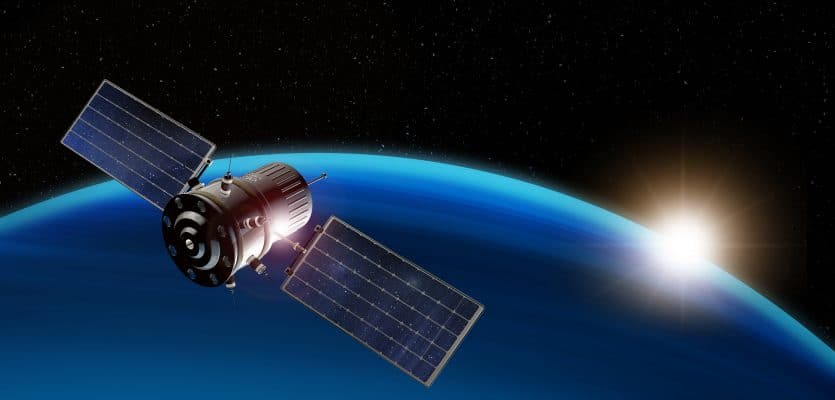


One cool extra feature on CALSky is the ability to set alerts for passes of the ISS near bright planets or transiting the Sun or Moon. Like Heavens-Above, CALSky will give you a customized list for satellite passes over your location. Just sit back, listen to the radio call out the time, and watch for the satellite to pass through the field of view near the target star.Īnother great site for more advanced trackers is CALSky.

I use a short wave portable AM radio tuned to WWV out of Fort Collins, Colorado for an accurate audible time signal. Clicking on a selected satellite pass in Heavens-Above will give you a local sky chart with a time-marked path. You’ll need to note the precise time that the selected satellite is going to pass near a bright star. The trick to catching fainter satellites such as these is to “ambush” them. (Credit: Cmglee, Geo Swan graphic under a Creative Commons Attribution -Share Alike 3.0 unported license). We’ve seen the “Tool Bag” lost during an ISS EVA a few years back, as well as such “living relics” of the early Space Age as Canada’s first satellite Alloutte-1, and the Vanguards (Yes, they’re STILL up there!) using binocs.Ī comparison of typical satellite orbits. We sometimes use a set of Canon image-stabilized 15x 45 binoculars to hunt for satellites too faint to see with the naked eye. No equipment is needed to start the hunt for satellites tonight, just a working set of eyes and information. Looking at the time, direction, and brightness of a pass is crucial to satellite identification. Screenshot of a typical list of bright satellite passes from Heavens-Above filtered by brightness, time and location. A nifty “quick check” for possibly resolving a mystery satellite is their link for “Daily Predictions for brighter satellites” Which will generate a list of visible passes by time. Heavens-Above specializes in satellites, and will show you a quick listing of passes for brighter satellites once configured with your location. It’s strange to think that we’ve been visiting this outstanding website daily for a decade and a half now. One of my favorites is still Heavens-Above. Every time I write about “how to spot the ISS,” someone amazes me with yet another new tracker App that I hadn’t heard of. The Internet has offered a wealth of information for satellite hunters. Depiction of the apparent motion of a typical satellite overhead with respect to the observer. Armies of dedicated volunteers even participated in tracking the early launches of the Space Age with Operation Moonwatch. Ground observers have been watching the skies since Sputnik 1 and the first satellite launch in October 1957. Welcome to the wonderful and highly addictive world of satellite tracking.


 0 kommentar(er)
0 kommentar(er)
